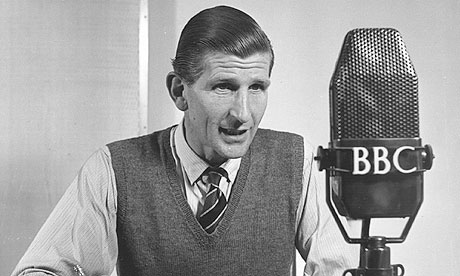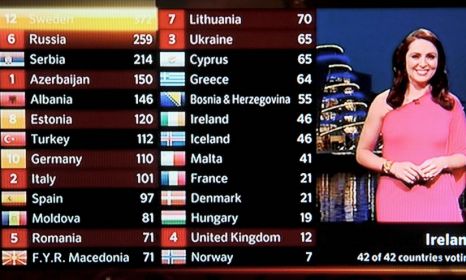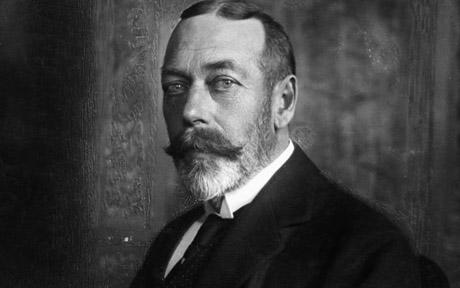
I have always maintained that from a historic perspective the British royals are important. Any group, collection or family, rightly or wrongly, who has maintained a place in history for generations is historically noteworthy.
When we look at our history these people have featured in the story of our nation since before 1066 so they deserve recognition.
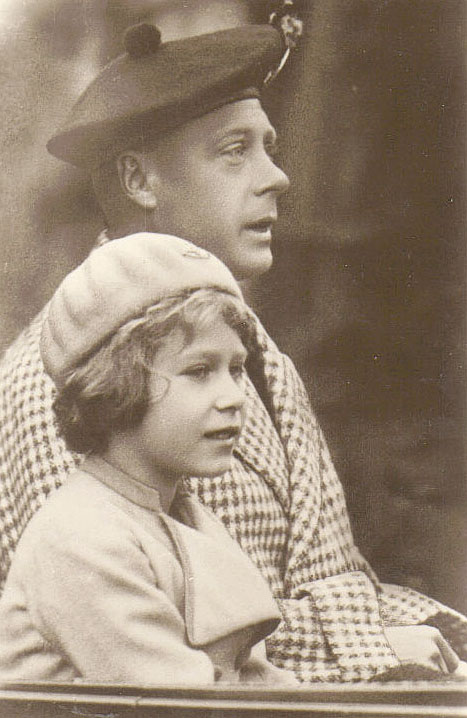
The role of an unelected head of state in the modern world in a 21st century democracy is of course zero.
The quickest (and some would argue the most successful) re-branding exercise in recent history was the creation in a moment of panic in 1917 of The House of Windsor by George V. He was ‘damned’ (his words) if his ‘subjects’ were referring to him as a ‘foreigner’. But the truth is, he was more German than English. We were at war with Germany – they were the enemy. Millions of his ‘people’ were dying.
For George this was dangerous stuff during the First World War. Like many others in Europe the British monarchy was on the verge of being wiped out. So literally overnight a kind of pretend British ancient royal house was created. It sounds nuts today, but that is how George V saved his bacon.
This family has adopted this ‘Windsor’ branding ever since so as not to be shown to be German related. To fiddle with one’s blood is inappropriate. This of course is playing with the path of history in order to fool the historian and the general public. My view is that such tampering is dangerous and a tad patronising.
I would like to think that if these ‘Windsor’ people were of such importance they would be above such meddling.
So, ignoring this ‘House of Windsor’ disguise, the current unelected head of state has held this vacuous position since the death of her father, George VI, in 1952.
The demise of the king, who took over this position from his brother who just wanted to lead a normal married life, was genuinely the end of an era.
1952 was a hallmark in the history of the nation and what was evolving as the Commonwealth. A crossroad. A point of reference.
George VI was seen by an unsympathetic British nation in 1936 as weak and with a disability. However he conducted a brave fight to build not only his personal credibility but that of the tattered post-abdication reputation of the ‘Windsor’ brand.
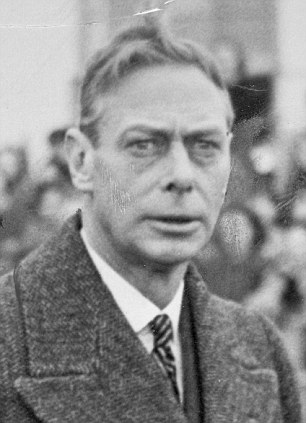
As war clouds were building over an unstable Europe the nation and what were the British colonies looked to the head of state. Although with few constitutional powers George VI was the last real figurehead. It was a role he fulfilled with dignity and extraordinary sense of duty to the ‘brand’ and those who bought into it.
By 1945 a shattered Britain and former Empire ravaged by war and financially bankrupt began the process of rebuilding a new world. A world where a war had been fought and won for full democracy and a greater freedom for the men and women on your street and mine. By the 1940’s a weary nation had moved on to another ‘brand’. This was ‘full democracy’ and away from being ‘ruled over’.
Meanwhile, in the Commonwealth, the former British Empire, dreams were being dreamt. Subjects of the head of the ‘brand’ were talking of independence. Theirs was a dream of freedom, a new age – to be a nation in their own right.
It’s great that in Britain and what has become ‘The Commonwealth’ we remember a family and a living leader who is part of British history and the current ‘brand’ head.
To think for one moment that this person or her siblings are anything more than a connection with history will in itself go into the annals of the story of our nation and the Commonwealth as eccentric and foolhardy.
As a historic point of interest here is how the line of succession looked in 1936 on the death of George V:
- Prince Edward, Prince of Wales (b. 1894), eldest son of the king
- Prince Albert, Duke of York (b. 1895), second son of the king
- Princess Elizabeth of York (b. 1926), elder daughter of the Duke of York
- Princess Margaret of York (b. 1930), younger daughter of the Duke of York
- Prince Henry, Duke of Gloucester (b. 1900), third son of the king
- Prince George, Duke of Kent (b. 1902), fourth son of the king
- Prince Edward of Kent (b. 1935), son of the Duke of Kent
- Princess Mary, Princess Royal (b. 1897), daughter of the king
- George Lascelles, Viscount Lascelles (b. 1923), elder son of the Princess Royal
- Gerald Lascelles (b. 1924), younger son of the Princess Royal


